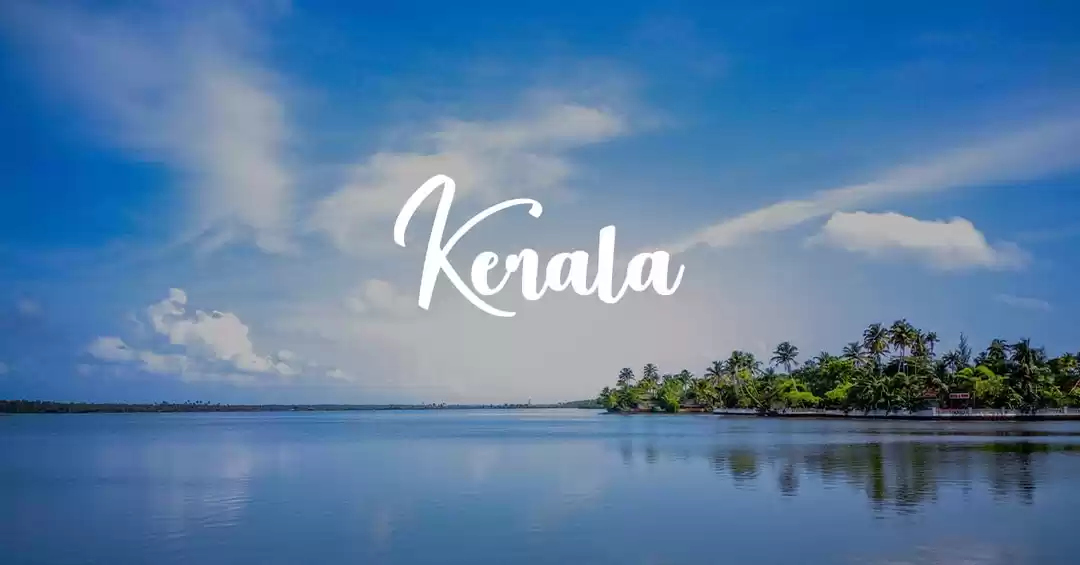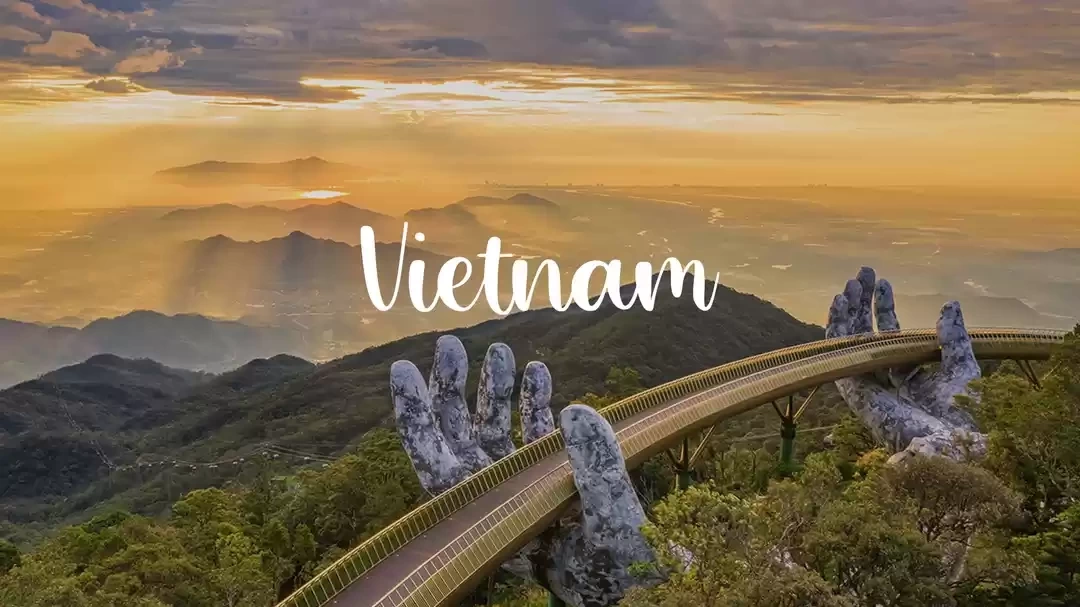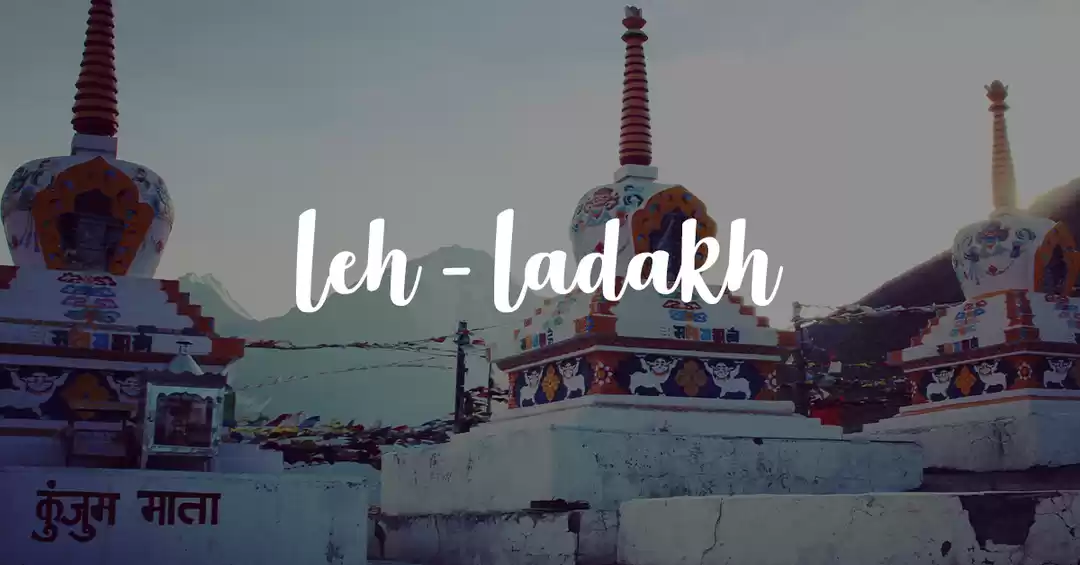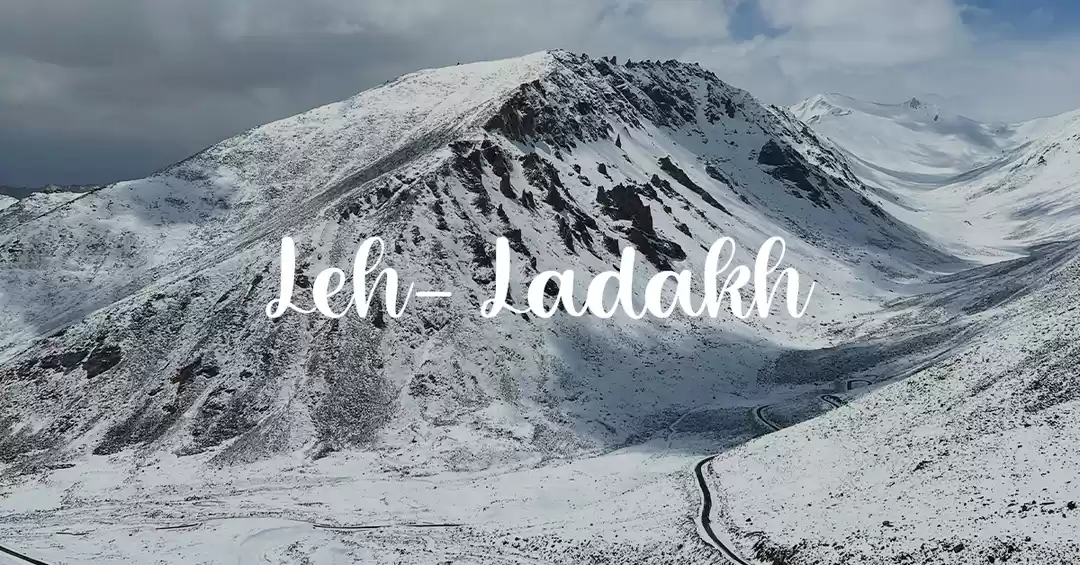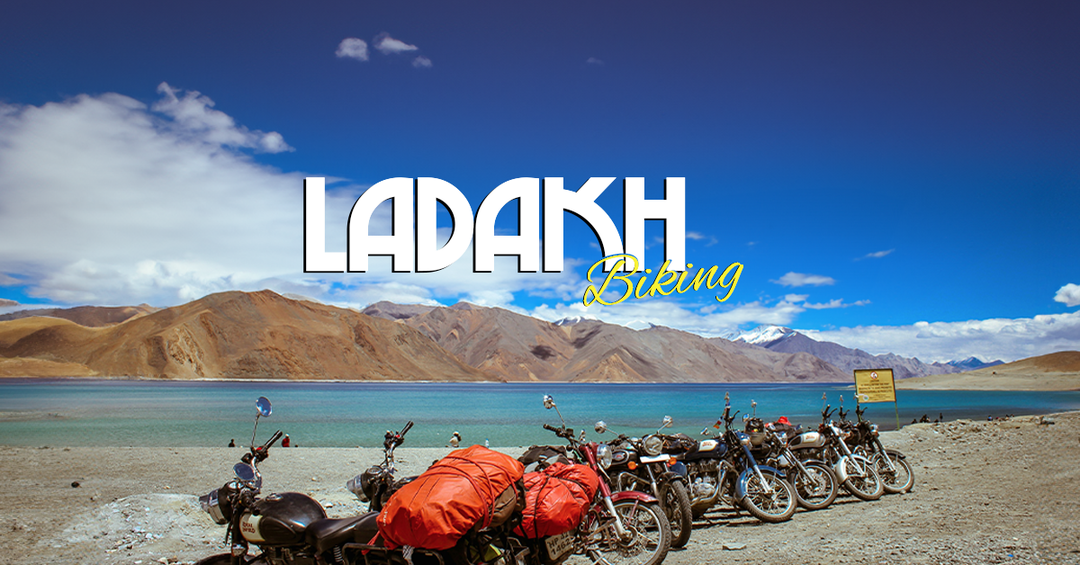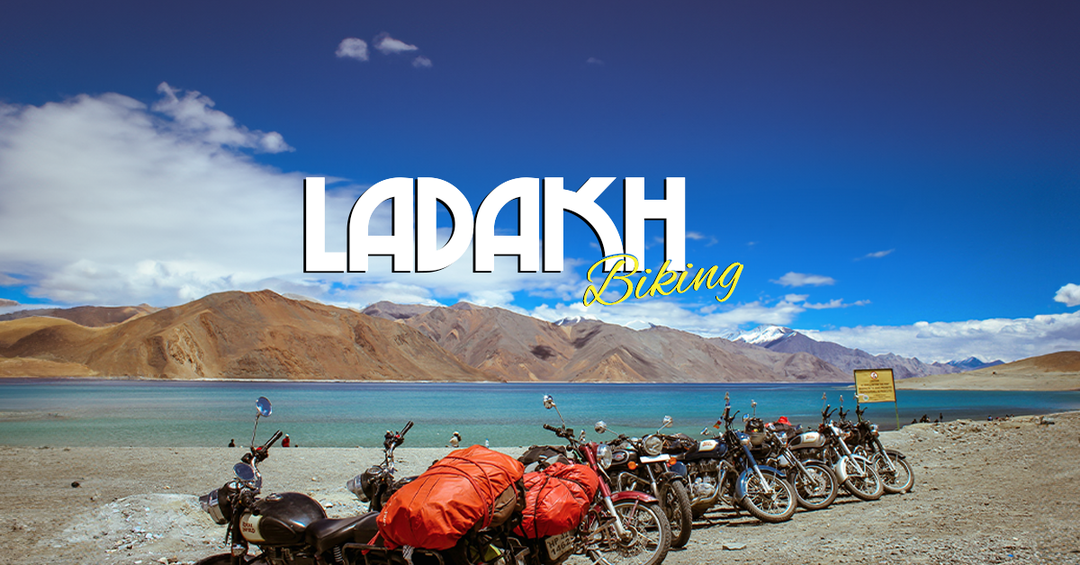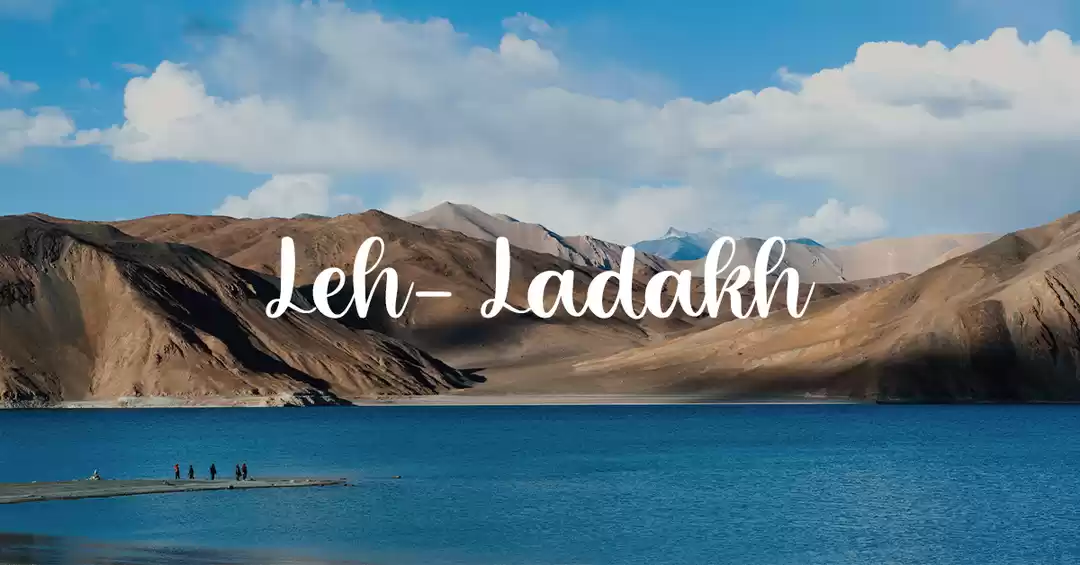History in our textbooks is too Delhi centric. We know the mughals. We know the British. But this was all from the 15th century. We dont have much of a record of what was going on before that. The Cholas were ruling from the 3rd century B.C. until almost 1279. The Cholas ruled from the present day state of Tamil Nadu and had conquered most part of east India extending into Bangladesh, Burma, Thailand, Cambodia, Laos, Sri Lanka, Maldives and Malaysia. The Cholas had a naval fleet using which they did overseas trade and the relations extended upto China.
According to legend, came the Cholas, who defeated the ruling Naga princess and then married her. From the ninth to the 14th centuries, successive kings built splendid temples to Siva and Vishnu, adorned with sculptures of graceful apsaras and valorous gods, endearing faced Nagas and upright lions.
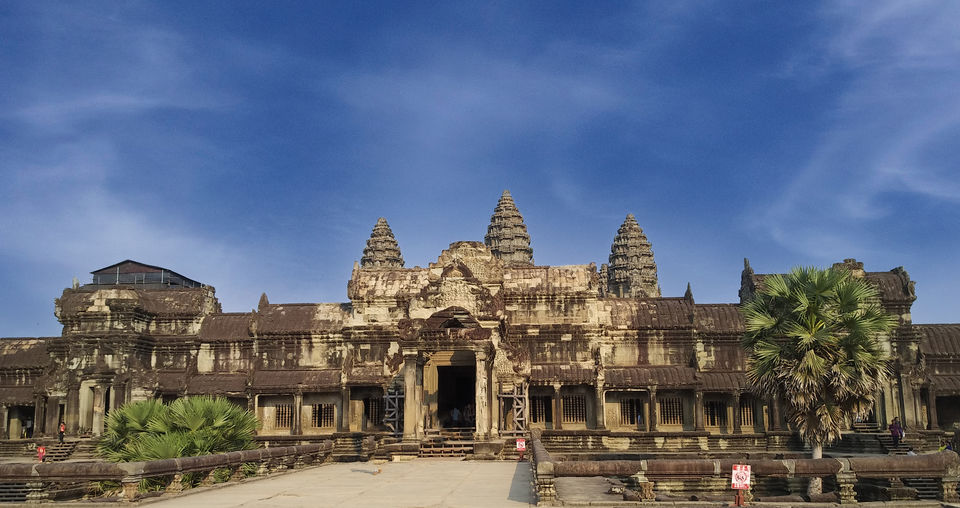
Angkor Wat, largest temple complex in the world at Angkor, near SiemReap, Cambodia, that was built in the 12th century by King Suryavarman II (reigned 1113A.D. - 1150A.D.). The vast religious complex of Angkor Wat comprises more than a thousand buildings, and it is one of the great cultural wonders of the world.
The temple is a grand expression of his faith: in the form of the mythical Mount Meru, around which the sun and planets revolve, the centre of the Universe, where the gods are believed to reside, and surrounded by a moat to represent the ocean, courtyards to represent the continents, and towers to represent the peaks. The huge image of the eight armed Vishnu — with the head replaced by that of the Buddha after the country became Buddhist — is still worshipped.
I had the fortune of visiting a few of the buildings inside Angkor during my visit to Cambodia.
The most famous of the temples in the Angkor complex is the Ta Prohm. It gained prominence after the movie Tomb Raider starring Angelina Jolie was shot here.
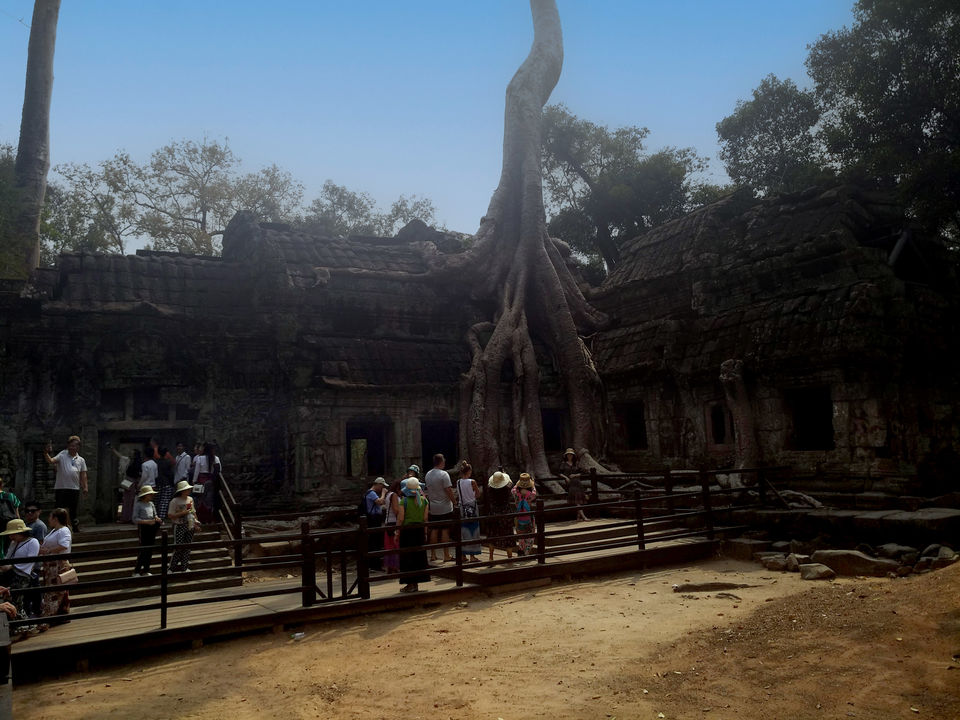
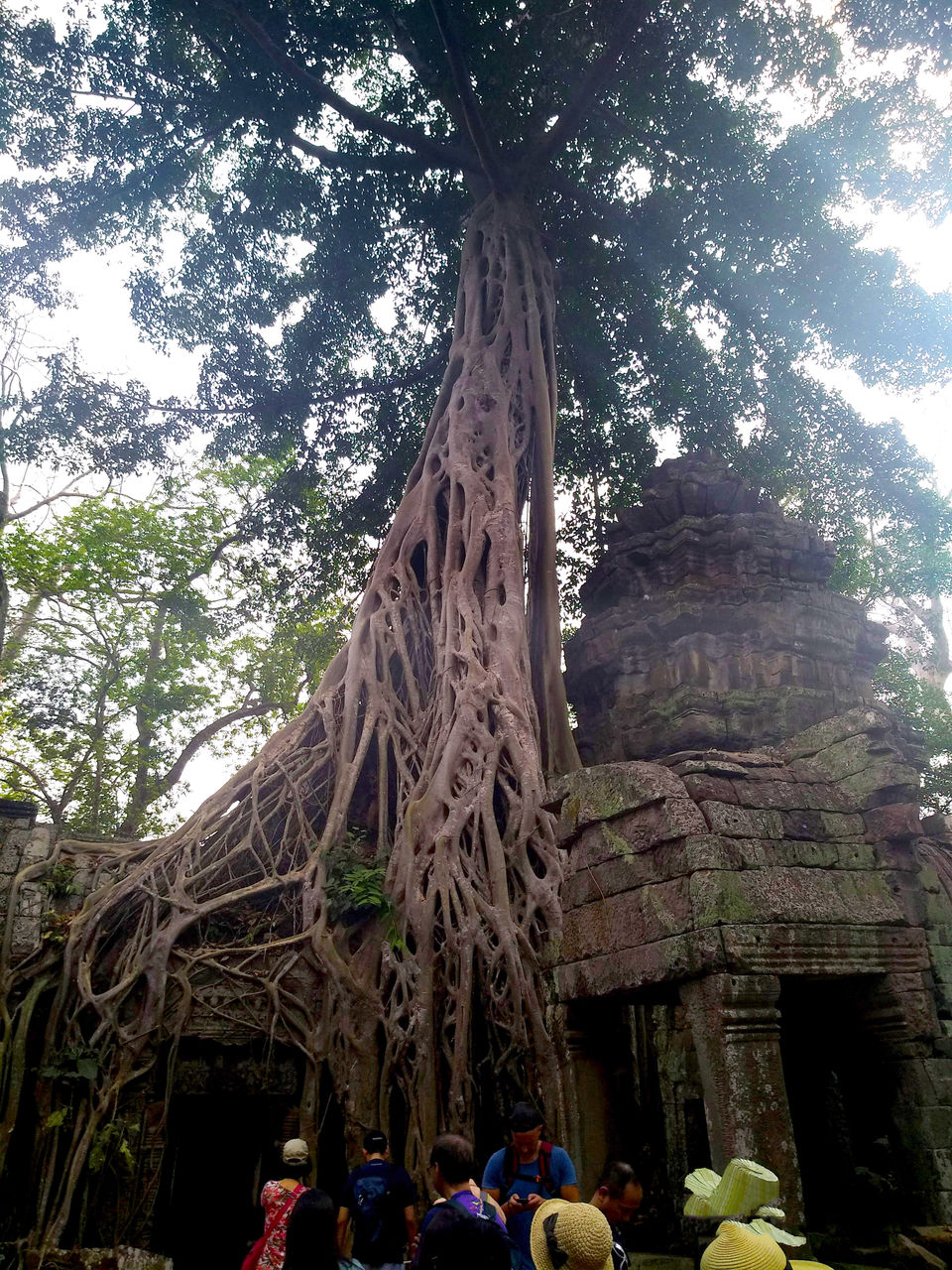
It translates to Ancestor Brahma. The temple has been consumed by the silk cotton trees that have grown from inside the foundations onto becoming big trees . Jayavarman VII started constructing this temple in 1186A.D. The silk cotton trees soar skywards under a shadowy green canopy.
Next to visit is the Ta keo. This is probably the first temple to be built entirely of sandstone by Jayavarman V. It was built around 975 A.D. and completed by about 1000A.D. It was also called hemagiri or mountain with golden summits.
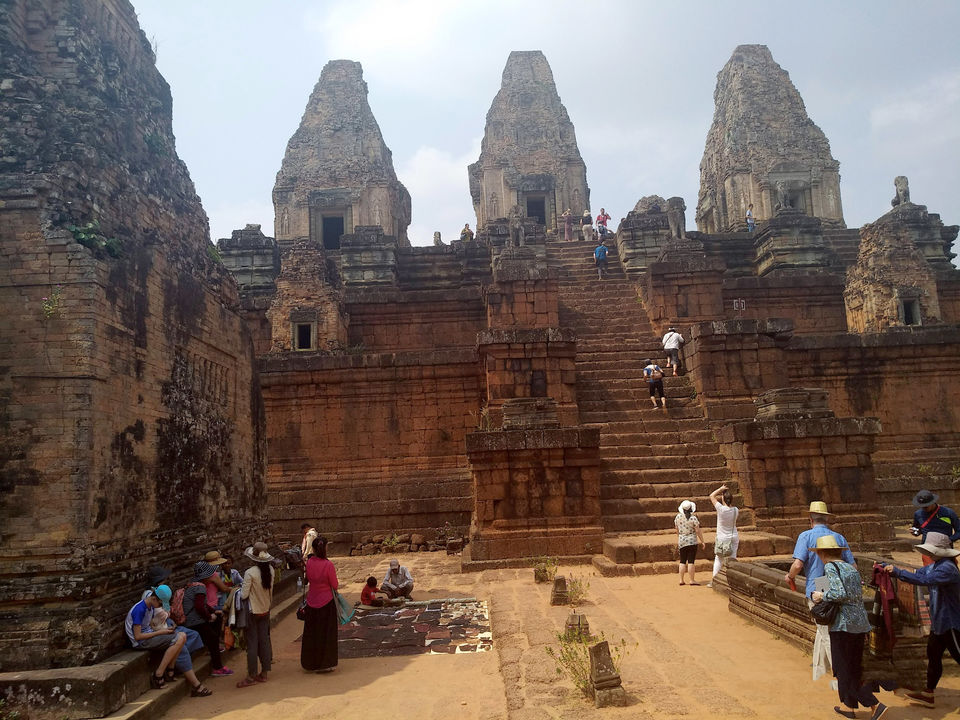
Next to visit is the Banteay Kdei or Citadel of Chambers. Jayavarman VII supposedly built this in 1181A.D.
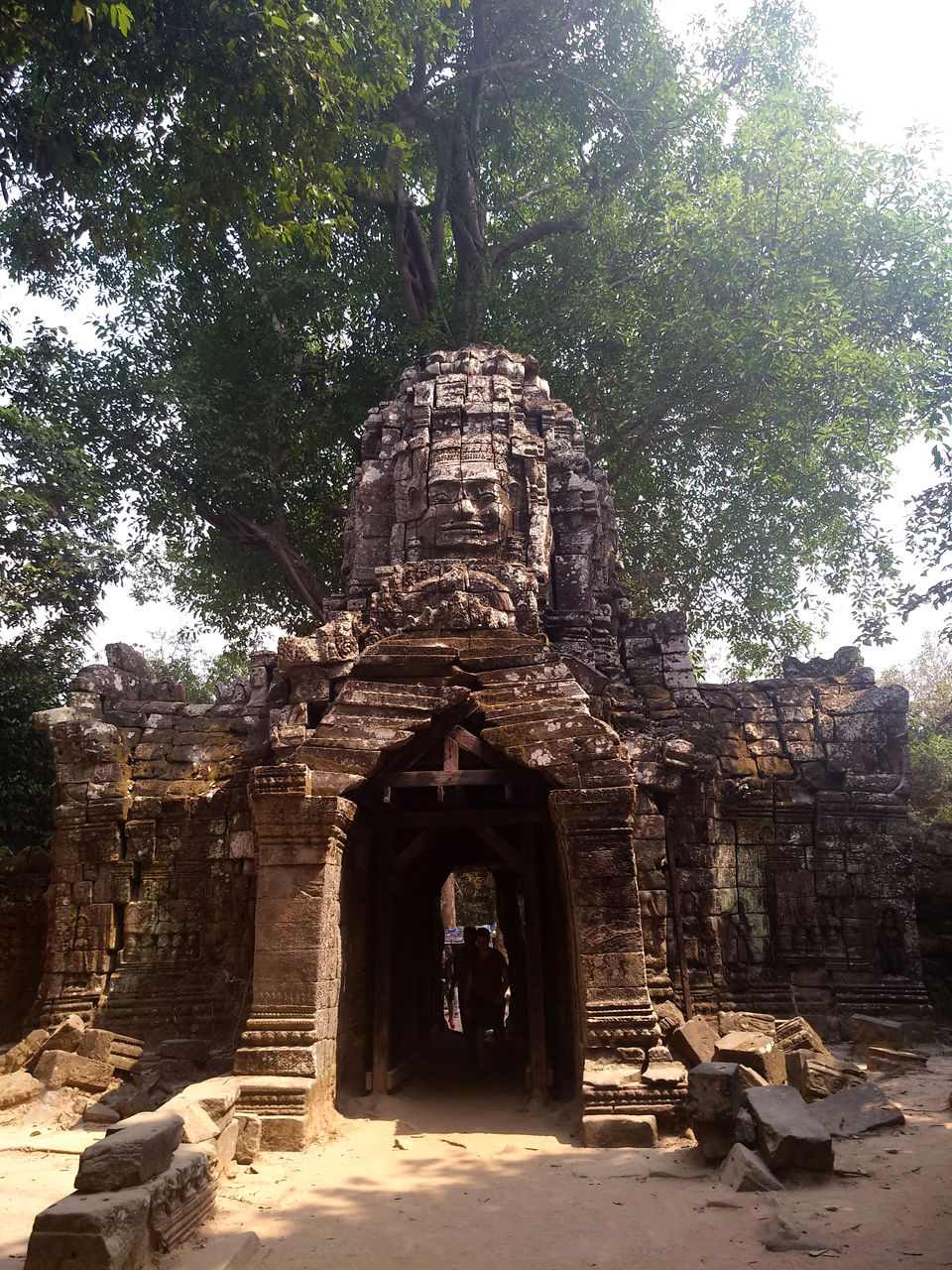

The above two pics are two sides of the entrance to this temple complex.
The next to visit is the Neak Pean or entwined serpents. This was built as an artificial island with a Buddhist temple at the center built during the reign of Jayavarman VII.
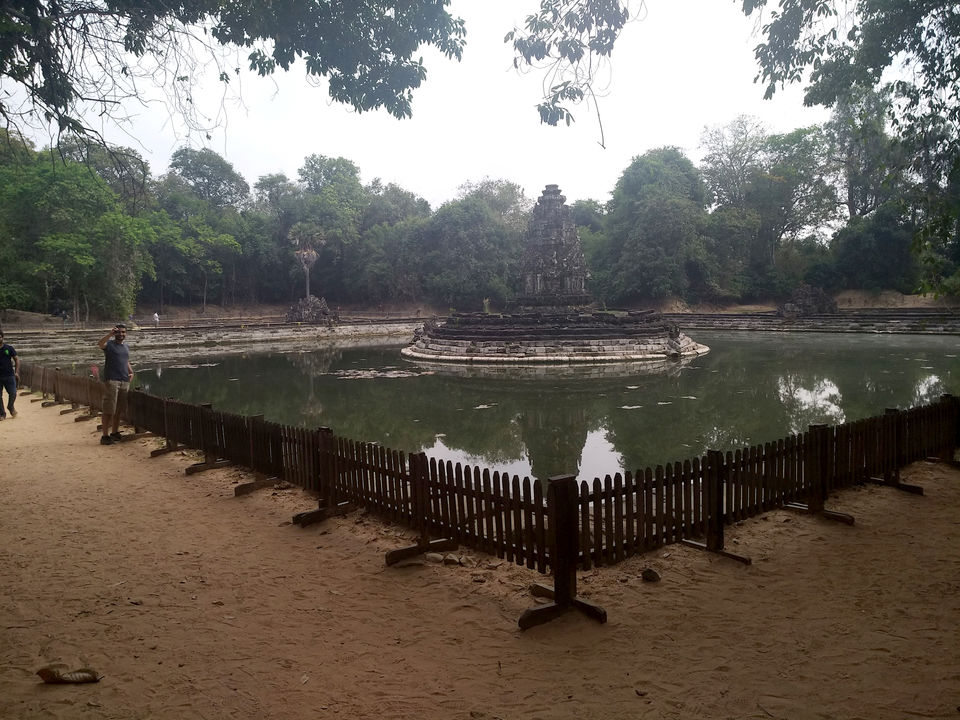
Historians believe that Neak Pean represents Anavatapta, a mythical lake in the himalayas whose waters are supposed to cure all kinds of illnesses.
Next to visit is the Preah Khan temple. This was built by Jayavarman VII to honour his father in 1191A.D.
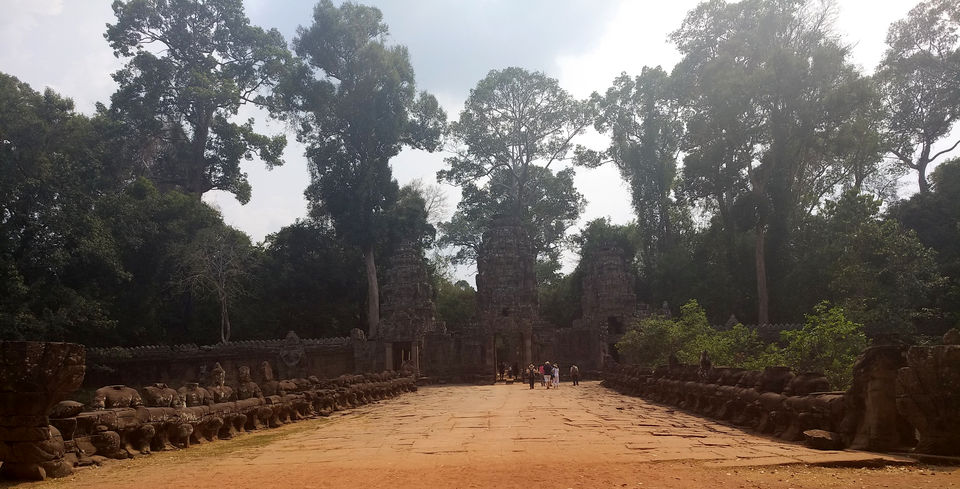
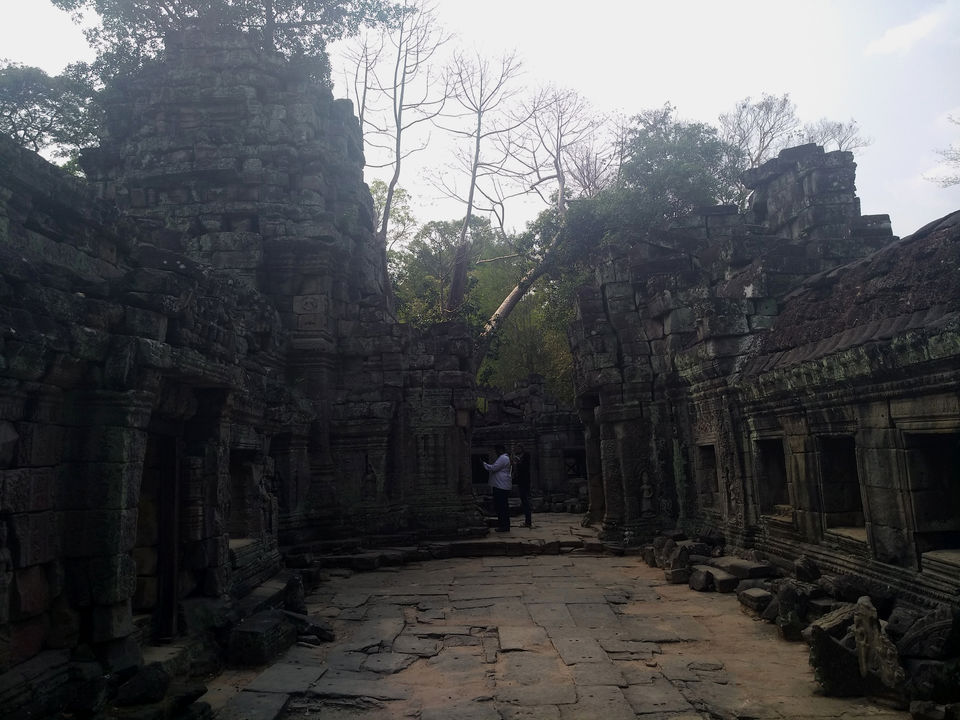
Next to visit is the Bayon temple. This was probably the last temple to be built at Angkor to worship brahma by Jayavarman VII.
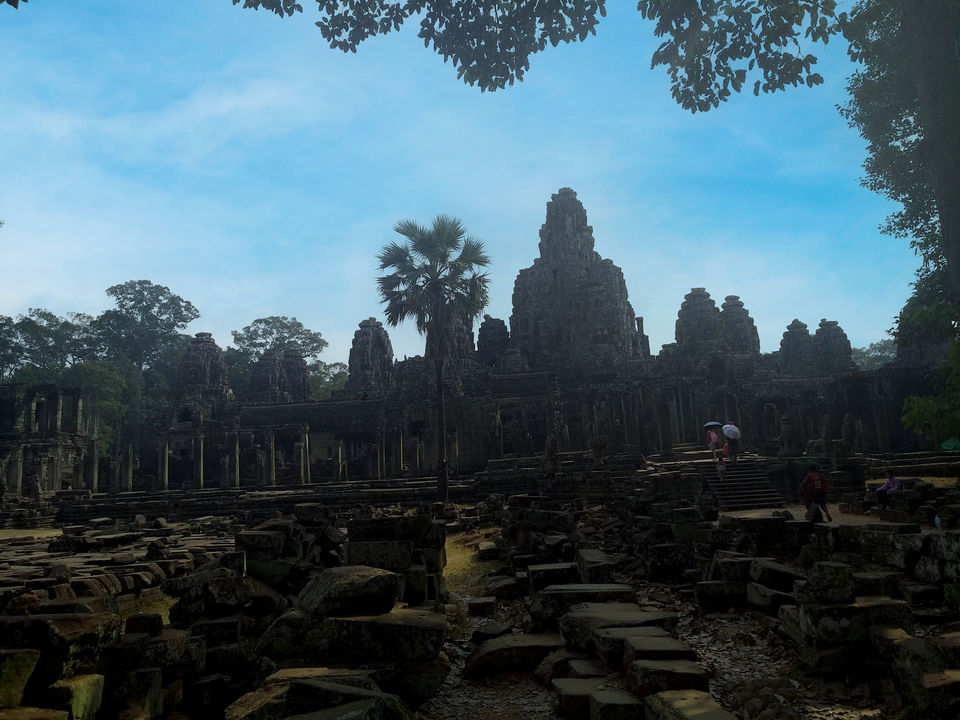
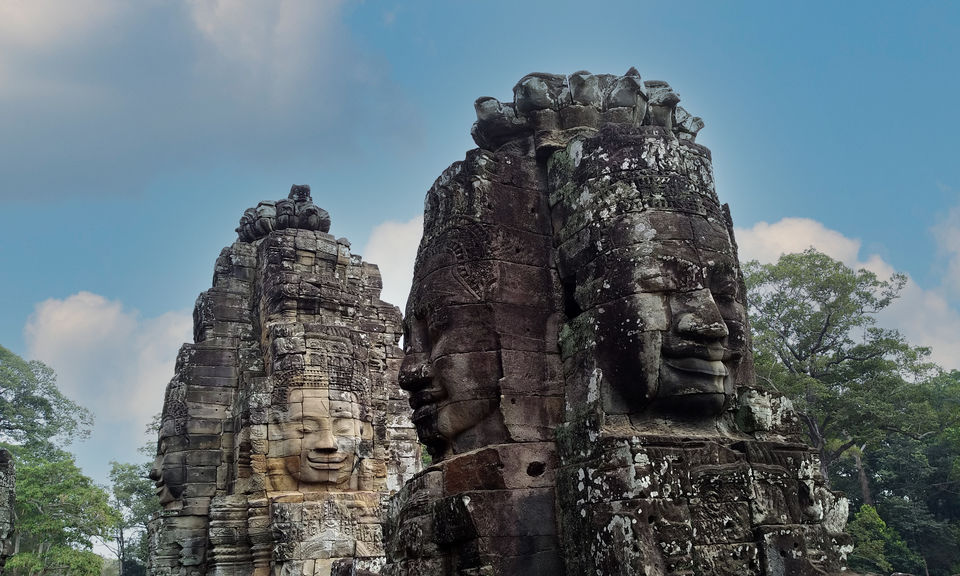
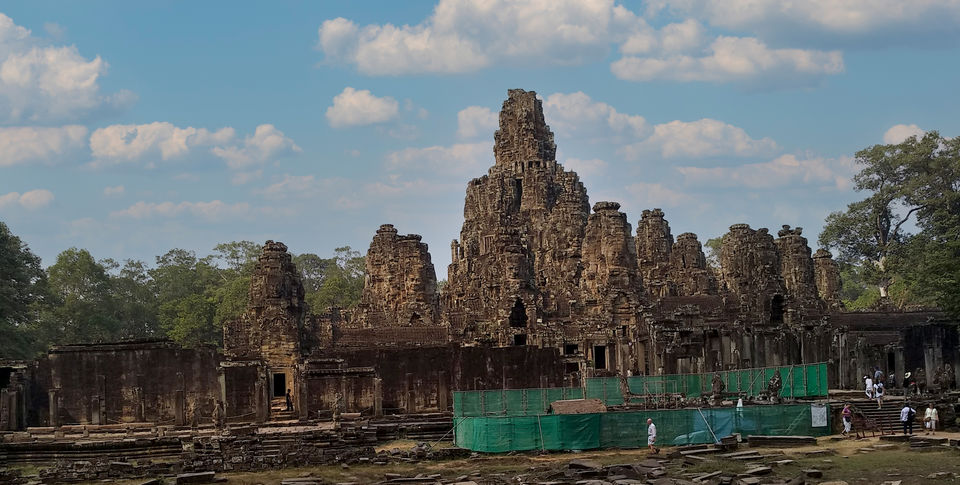
Finally we visit the angkor wat or "temple city" temple complex.
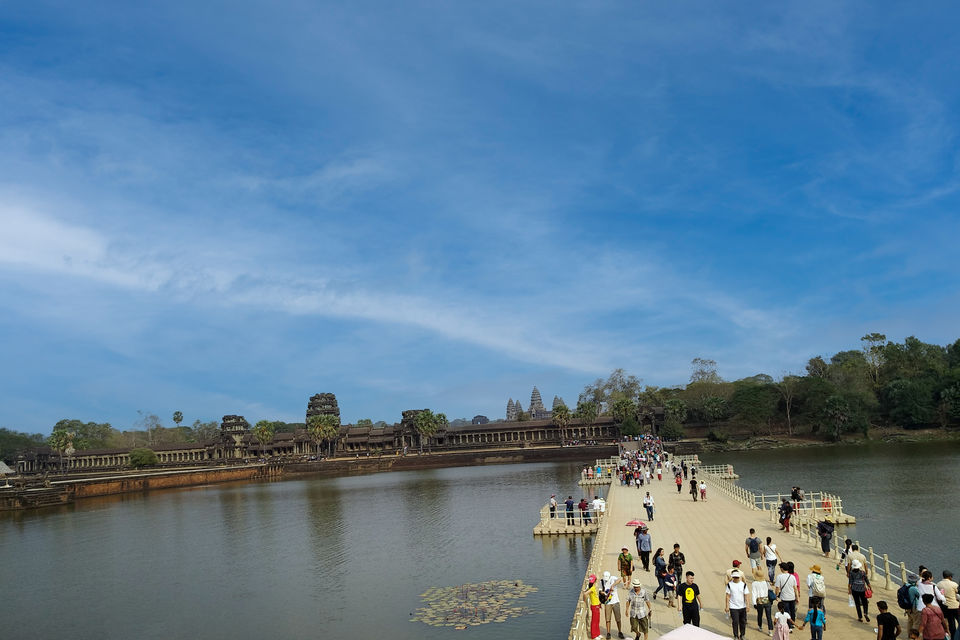
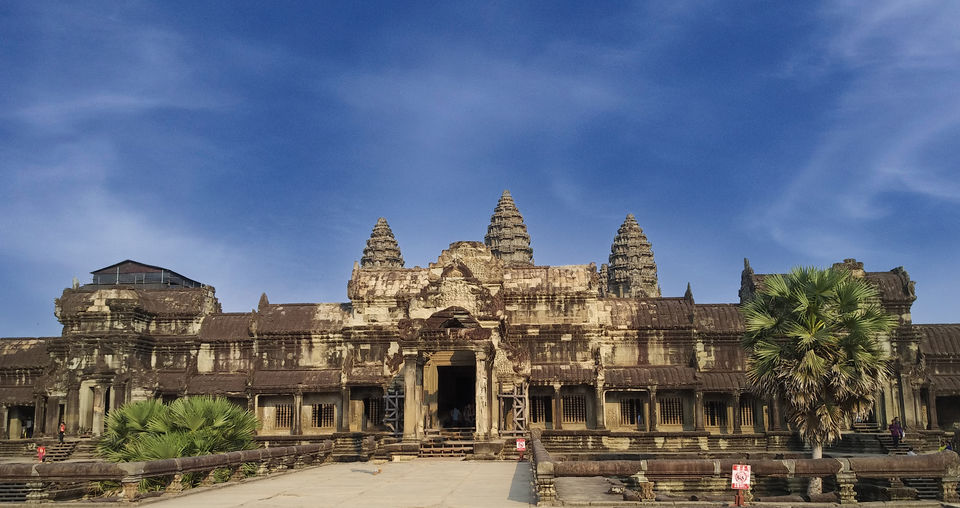
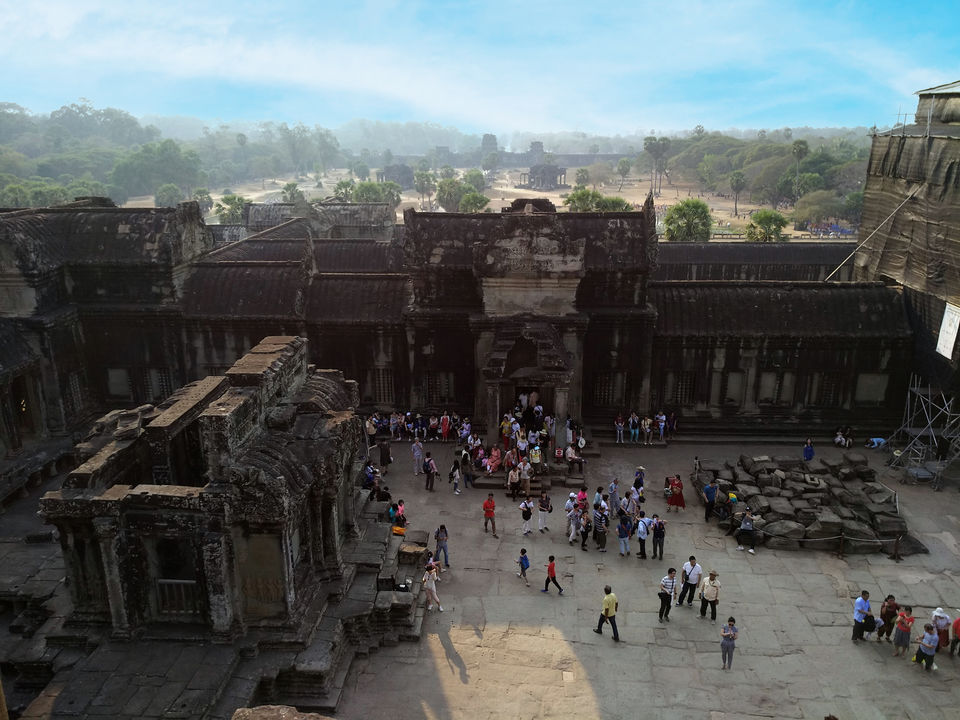
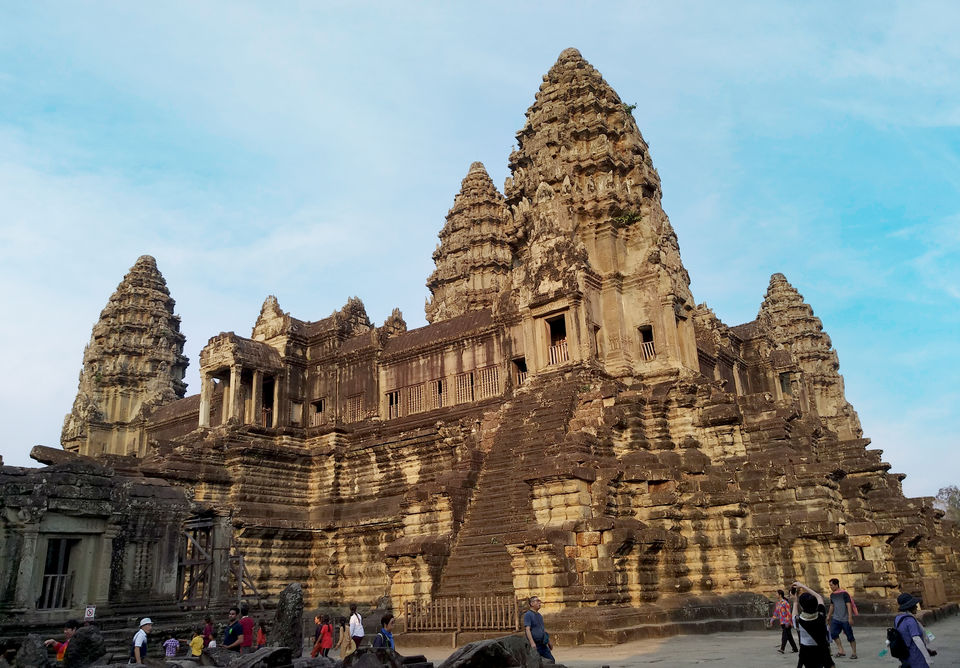
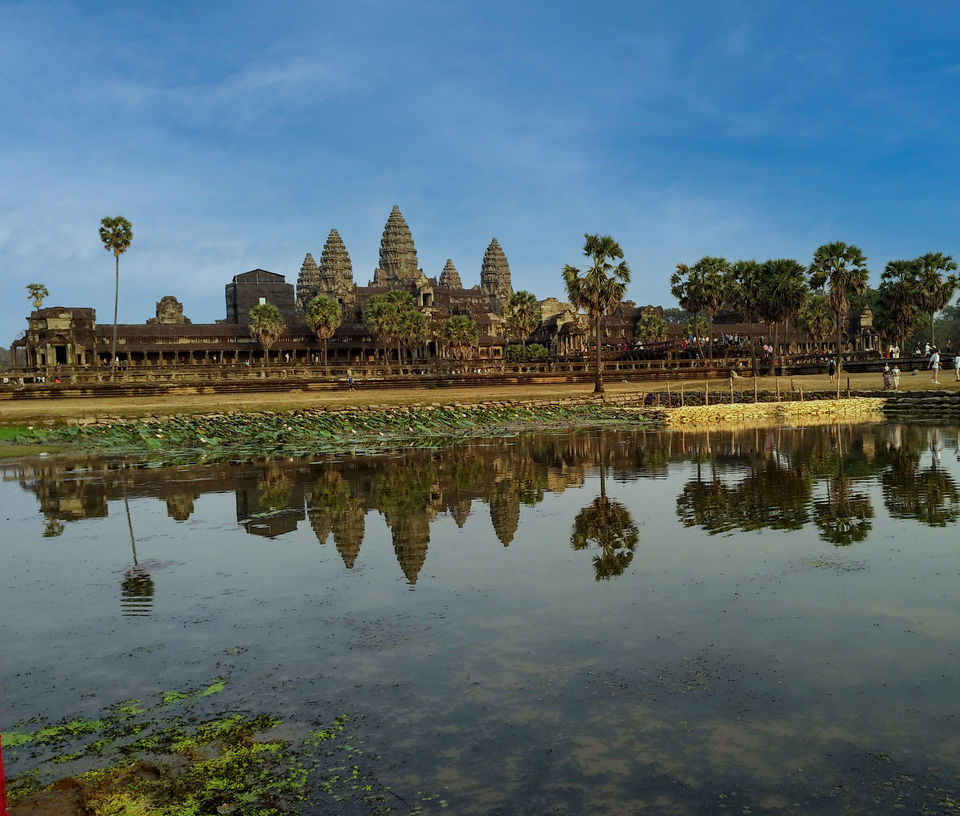
On some days when there is no wind blowing, the reflection of the temple in the two ponds in front of the temple is stunningly beautiful. This temple complex is built on 400 acres. This was built by Suryavarman II in the later of the 12th century. It started as a hindu temple and then over time was converted to a buddhist temple by the king after Suryavarman II. Stories from the Ramayana and Mahabharata adorn the entrance walls to the temple complex.
The highlight of these temples shown above is that no joining medium was used to join the various stones to build these temples. All the stones have been cut in such a way to form interlocking joints only. It is truly a marvel to be proud of because it was built by kings of Indian descent.
All the above temples can be visited in a day but it would be doing it in a hurry and not do the temples complexes any justice. There are passes available for 1 day, 3 day and 7 day. A 3 day pass would be ideal. Cost for the passes is $37 for one day, $62 for 3 days and $72 for 7 days.
Take your time to visit these places and appreciate the wonder of craftsmen about 800 years back. Rewrite the history you knew of India. Appreciate the talent that was India.



